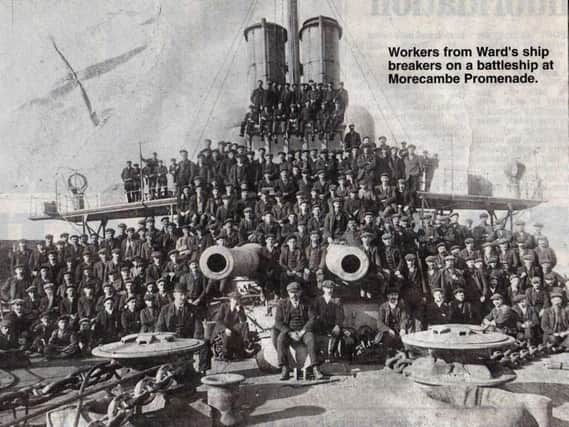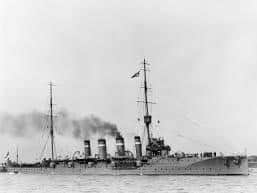Morecambeology - Morecambe’s Men o’ War by Peter Wade


The first half of the 1920s, however, saw a number of ships arrive which had seen service in the Great War from HMS Adventure, a river gunboat of 1891, to HMS Glasgow, a light cruiser of 1909. HMS Adventure had patrolled the Humber guarding against air attack by Zeppelins.
HMS Mersey, a Humber class monitor, had taken part in the Battle of the River Yser in 1914. This was actually a land battle at the coastal end of the Western Front and the Mersey bombarded German positions. HMS Mersey had also helped sink the battleship Konigsberg off East Africa in 1915.
Advertisement
Hide AdAdvertisement
Hide AdHMS Glasgow took part in the Battle of the Falklands in 1914 helping foil a German raid on Port Stanley and all but destroying the German East Asian Squadron. In a follow-up operation, the crew of the Glasgow rescued a pig from the sea which they adopted as a mascot.


Two unusual ships of the Great War were the Edgar and Pegasus. HMS Edgar was a lister ship, having a double hull to protect against torpedo attack.
HMS Pegasus of 1917 was an early aircraft/seaplane carrier. She was part of the Grand Fleet in the North Sea but saw no action.
After the Great War she was part of a British intervention in the Russian civil war against the Bolsheviks.
The Pegasus was the last of the ships to be broken up at Ward’s in Morecambe in 1931.
Comment Guidelines
National World encourages reader discussion on our stories. User feedback, insights and back-and-forth exchanges add a rich layer of context to reporting. Please review our Community Guidelines before commenting.